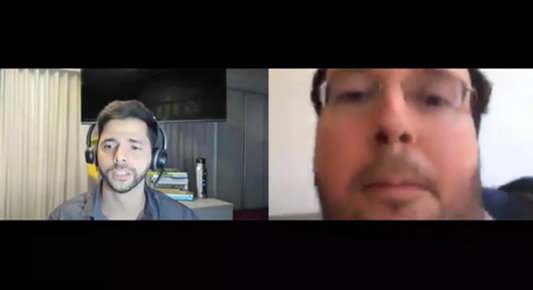Having a progressive strategy, with a focus on a wide array of participating entities and a solid regulatory framework, the open banking model in Brazil, is not only inspiring the LATAM market, but the rest of the world, as well.
The data being broad in scope, the participating entities and the governmental structure are the main points regarding open banking in Brazil, which with very good results, is executing in 4 phases according a progressive scale of the sharing of data.
The first one started on February 1st, and consists of the public access to data for participating institutions, in relation to their customer service channels, their products and services related to deposits or savings banks, payment accounts, or credit operations.
The second phase, started on August 30th, focuses on the most common banking processes; the third phase, started on October 29th, and will be done through cycles, starting by the solution of instant payments Pix. The last phase planned for next year is focused on credit products.
“What we are doing now is standardizing how the data has to be shared among the financial systems, setting the type of data and how it should be structured”, explained Diogo Silva, Head of Division, Central Bank of Brazil, during the last edition of Open Bank Latam, which was held on October 28th and 29th.
In addition, the person in charge of coordinating the team, responsible of the deployment of the regulatory strategy in that country, shared some of the lessons learned by the regulator, from the creation and deployment of the pioneering regulation in Latam.
The legal framework offers a secret data sector, since 2001, where financial institutions have access; the information is shared if the customer gives consent. Recently, the National Congress approved the LGPD (General Personal Data Protection Law), a Data Privacy Protection regulation, which establishes that consumers are the unique owners of their data.
The starting point was the international experience, mainly what was happening in the United Kingdom, Europe, Australia, and Eastern Asia. As well as in the Middle East and other countries in Latin America. Then the focus was on the internal developments, and on what local financial institutions were doing, in the terms of data exchange.
“We discussed our points of view about the industry and carried out a public query about our regulation project, in order to get the opinion of the society on this issue, before officially launching the regulation about this issue, which was done in May, 2020”.
More: Brazilian Facily quietly raises $366M in less than a year
3 lessons to take into account
Diogo Silva shared briefly 3 learnings from the open banking in Brazil experience.
• The first lesson learned is to focus on the experiences in the topic. “We don’t have to reinvent the wheel, but build upon what others are doing in this area, taking into account the objective of open banking for our jurisdiction”, recommended Silva. And he also added: “There are universal technical standards there isn’t much disagreement on that, so the regulators will dedicate more time to the dissemination of the data”.
• The second learning is that, “the self-regulatory model does not work, the interests are different, there will be some aspects that the regulator will have to determine, and some operating procedures that, as market, are not capable to agree but the regulator will have to intervene anyway, in order to set things”.
• The third point is communication and customer education. “I think this is the most difficult part, because the customers are not familiar (with these terms)”.
“We are not offering a product, but an ecosystem that will evolve, based on the provided solutions and what society demands from the financial institutions and also from the regulators”, concluded the regulator.








